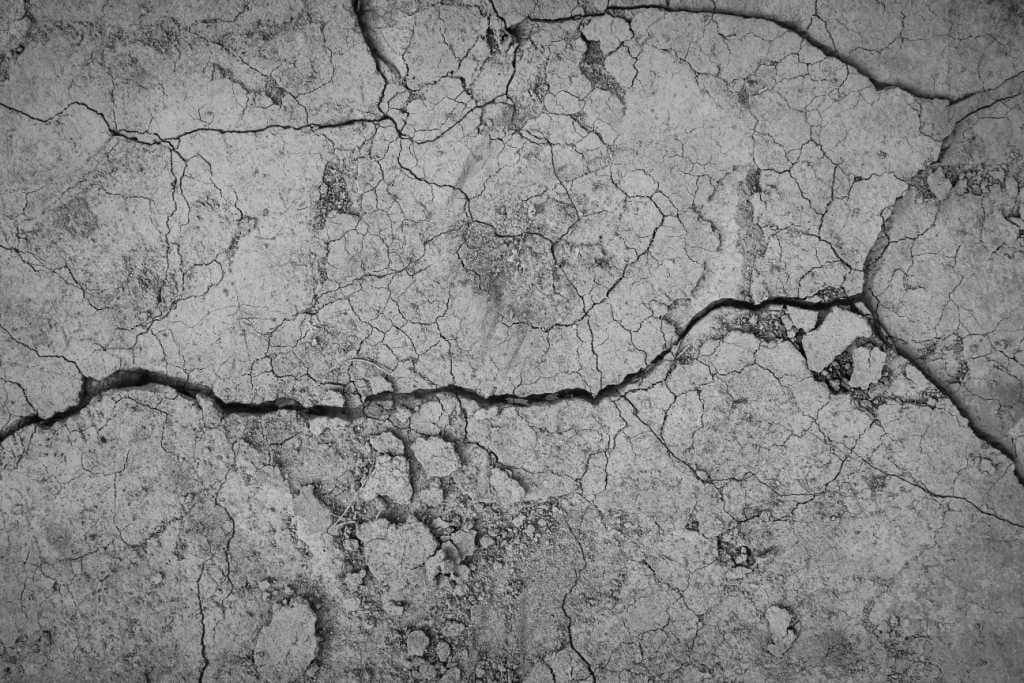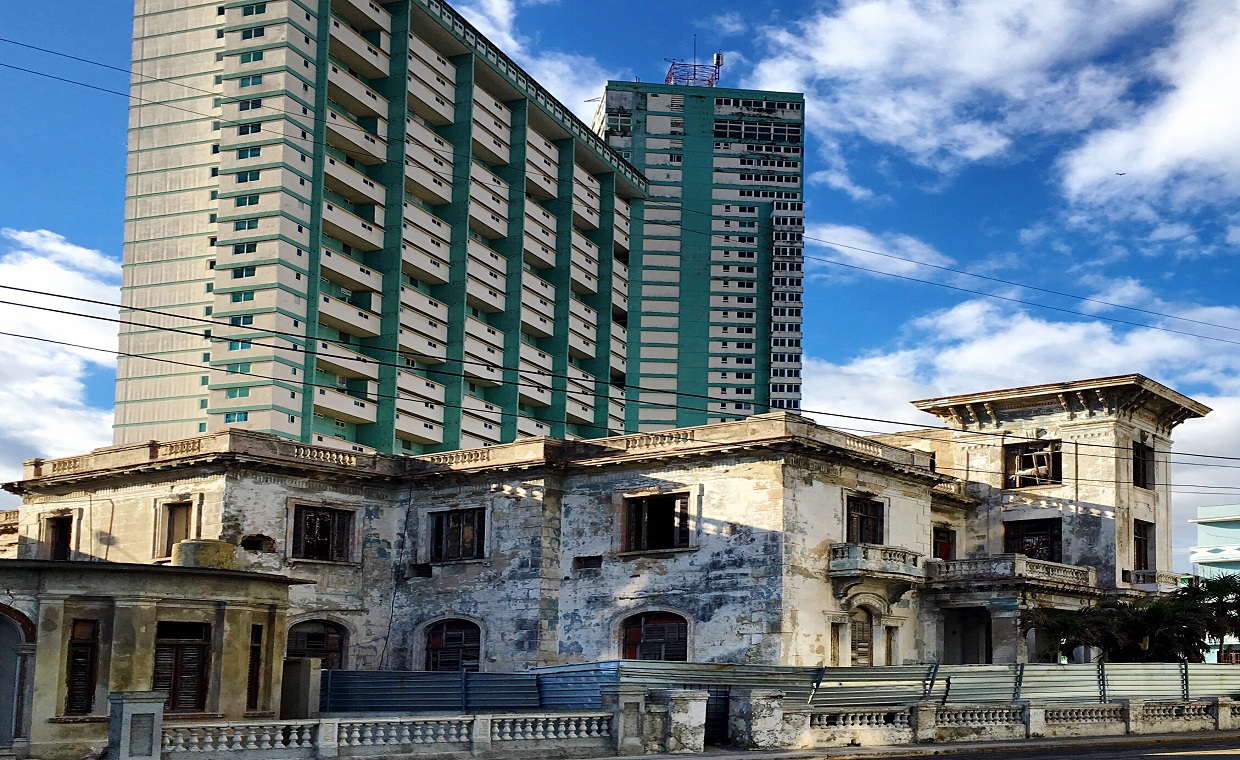
An occurrence of the cracks is often a subject that raises numerous questions. Cracks may appear in structures, either at the initial stage or with time. It should first of all be accepted that cracks of some type are unavoidable in any structure.
Initial Shrinkage:
Initial shrinkage, which is partly irreversible, usually occurs in most of the building materials or building components. Initial shrinkage usually occurs in cement or lime based building materials, i.e. concrete, mortar, masonry units, masonry and plasters.
Initial Shrinkage in Concrete:
Initial shrinkage in concrete or mortar generally occurs only once in the life time, either at the time of manufacture or construction. Generally, when the moisture used in the process of manufacture/construction dries out initial shrinkage occurs. The shrinkage in concrete is one of the main reasons of cracks in house.
Also Read:
Initial Shrinkage in Cement:
Initial shrinkage in cement products is about 50% greater than that due to subsequent wetting and drying from saturation to dry state.
Since subsequent wetting does not, in most of the cases, result in complete saturation of a component, as happens at the time of original manufacture or construction, initial drying shrinkage of concrete and mortar far exceeds any subsequent reversible movement and is very significant. Thus, most of the cracking in these materials occurs due to shrinkage at the time of initial drying.
Factor Which Affects Initial shrinkage in Cement Concrete:
The extent of initial shrinkage in cement concrete and cement mortar depends on numbers of factors namely:
- Cement content
- Water content
- Aggregate
- Curing
- Presence of excessive fines in aggregates
- Chemical composition of cement
- Temperature
- Humidity
In cement concrete 1/3rd (33%) of the shrinkage take place in the first 10 days, ½ (50%) within one month and remaining ½ (50%) within a year time. Therefore, shrinkage cracks in concrete continue to occur and widen up to a year period.


































